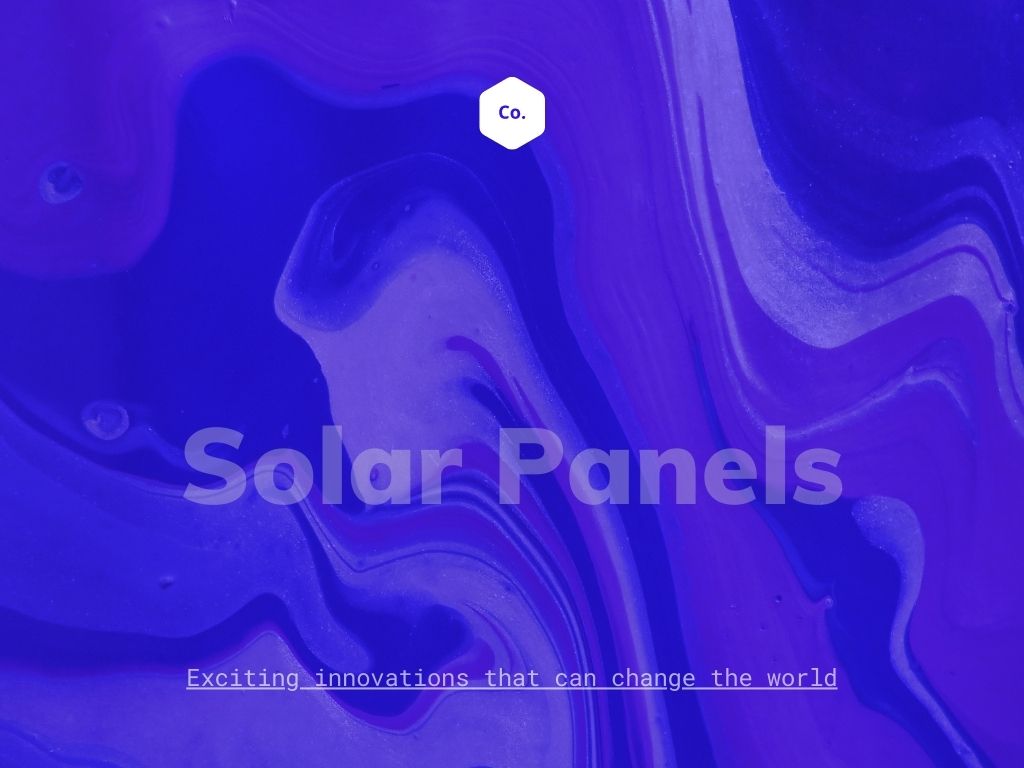
The installation of solar panel systems makes it possible to obtain your own environmentally-friendly electricity at no extra cost and even sell it at a Green Tariff. To choose solar panels that will be a profitable long-term investment, you need to consider the following factors.
In 1978, U.S. President Jimmy Carter signed a series of laws with National Energy and Utilities. The signed acts encouraged the development of alternative energy resources and initiated such a concept as a “feed-in tariff”. Now the average Green Tariff in the USA for 0.5-50 kW plants is $0.02/kW.
Cost
The cost of a solar panel depends on its characteristics, size, brand, durability, availability of special certificates. Therefore, the price of the solar panels for the home should be considered in connection with other parameters, focusing on the final benefit. An expensive, but highly efficient and high-quality panel can pay for itself faster and last longer than a cheap equivalent.
Quality
This parameter largely depends on the manufacturing company. Before buying, it is worth studying the history of the brand and reviews of its products. It is better to give preference to firms that independently control all production stages, invest in research and development, and have many satisfied customers.
Energy Efficiency
The efficiency of a solar panel is determined by the amount of solar energy that is converted into electricity. As the efficiency of the module increases, so does its cost. Therefore, this characteristic should be considered with the intended use of the solar panel in mind. Overpaying for maximum energy efficiency may not pay off.
Temperature Coefficient
The nominal performance of the solar panels is determined at +25 °C. As the module temperature increases, its output power decreases, and the faster the higher temperature coefficient.
The efficiency of the panels depends on the intensity of the light. The better the light intensity, the more power will be generated. Accordingly, weather and climatic conditions are no less important factors affecting productivity.
Most solar panels are designed to operate in temperatures ranging from -40°C to +80°C, and the lower the temperature, the higher the conversion rate. The standard temperature is considered to be +25°C, which is where the rated power is measured. With each degree, the efficiency is lost or increased by 0.41%.
Longevity
The longevity of solar panels is easiest to determine by the warranty period, during which the manufacturer claims to maintain a certain level of power. This period is usually at least 25 years for reliable solar panels.
Size and Capacity
The size of a solar panel is directly related to its capacity. The indicator is mainly determined by the area of space for the installation of the solar panel systems, and the demand for electricity.
Type of Solar Panels
Solar panels are manufactured using different technologies. Monocrystalline ones have high energy efficiency and good thermal resistance, but they are not cheap. Polycrystalline are inferior to monocrystalline in characteristics, but more affordable, so they are most often installed in private homes. Rather rare thin-film (amorphous) modules have a modest nominal efficiency but work more efficiently at high temperatures and low light.
Explore more blogs and news about latest technology.